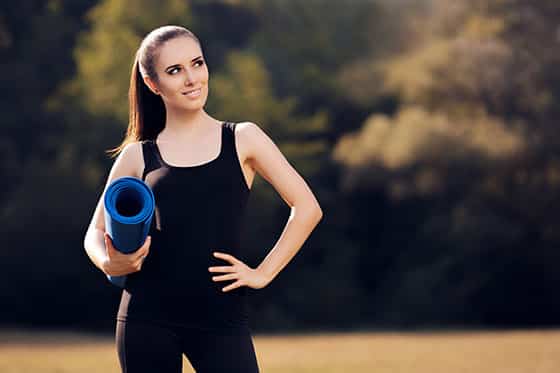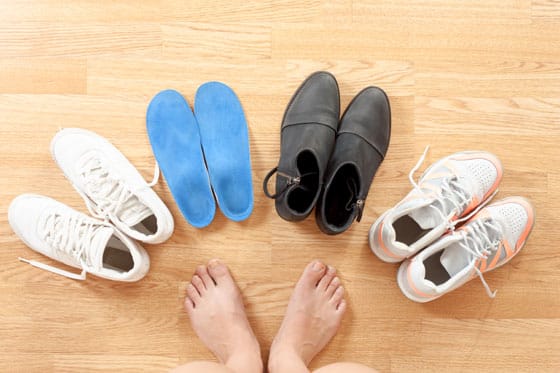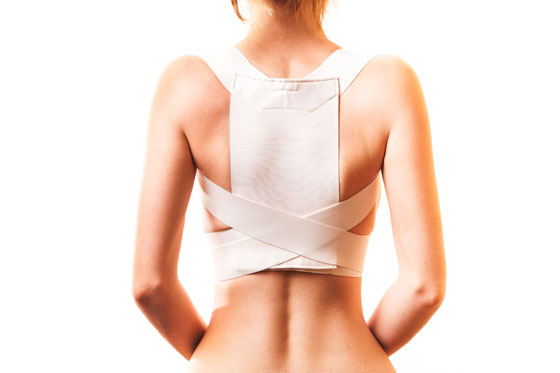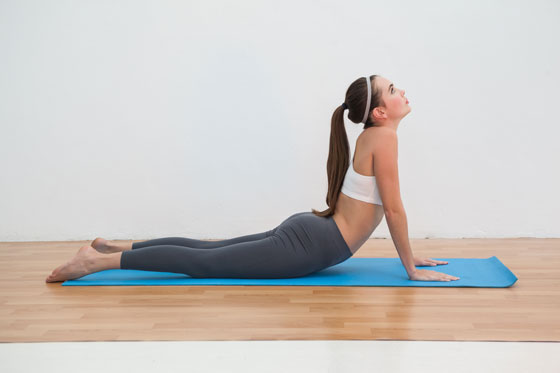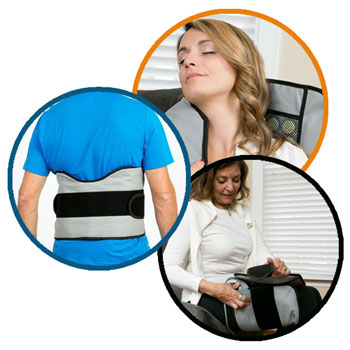
What is a lower back brace? A back brace is a kind of support that is designed to make sure that the lower back is not subjected to too much stress on both the joints and muscles during activity. The brace is able to do this by restricting the movement of the back, ensuring that end-of-range movement is not reached. Through this stability general movement can be done with no consequence to the injured parts of the back.
How can a back brace help?
A back brace for lower back pain can provide the body the needed support after an injury, during recovery of an injury, and also from future back injury.
- There is no doubt that backaches are painful, sometime so painful it makes you fearful to move. The natural tendency is to be stiff in areas where you think the pain is coming from. This might protect you from the shooting pain but it will not help at all in the body’s effort to heal and recover from the injury. A back brace does all the hard work of selectively immobilizing parts of the back that hurts without hampering normal movements, movements that are necessary for the body to function properly.
- A back brace can help fortify the muscles at the very core of you torso. The muscles in your abdomen and back are what make your spine aligned. It is in cases that there are alignment problems in your back that pain manifests. The use of a brace ensures that your back is always supported especially at times when the muscles in the area are compromised due to injury.
- Even if you have a serious back injury you still cannot stop yourself from moving around. This moving around, as careful as you might try to be, can still carry the risk of pushing your body too much that injury is aggravated or the healing process is disrupted. A back brace will ensure that your back is always protected from abuse thus securing your recovery time.
- Back braces for lower back pain can also be a preventive tool against back pain. People who are prone to acute back pain due to their jobs can use the back brace to protect themselves from overstraining or help in ensuring that the right form is maintained for example in cases when you are lifting something heavy. The lumbar support that these belts provide also reminds you to keep the right posture when doing some heavy lifting. Protecting yourself from back pain is more important than recuperating from one.
The types of back brace
The types of back brace support that is best for you will depend on the nature of your injury, the stage you are in your back injury recovery, and the kind of work you do.
- If you are suffering from an acute back injury which also refers to the initial stage of any back injury then your body is just in the process of cutting and restoring blood flow to kick start your recovery. It is important to rest, ice, apply compressions, and elevate the area where the injury occurred. The acute phase lasts 3 days right after the injury. The focus of therapy at this time is to address inflammation to control the pain. A back brace that has high compression qualities must be used to prevent making the injury worse.
- Then there is also the sub-acute stage that covers the 6-8 weeks stretch after the injury. In this stage the inflammation problem is already tamed down and the body’s recovery is in full swing. Compression quality is very important in the back brace you will be using at this time because you must do everything to make sure that the healing process is not disrupted by sudden movements. At this stage you are prone to making the wrong move because you are already moving around the house or at the office. Protection is the key at this time.
- The chronic stage of the injury would assume that after the 6-8 weeks of healing time the injuries is already okay. But the injury is still fresh and even if the recovery is already good, it is still not good enough because the body is not yet rested to the point that it goes back to its original strength and condition. Overusing the injured area is the common cause of recurring injuries. Back braces used at this stage can have moderate compression qualities but must be able to promote heat production so that circulation can be increased which assist in the healing.
The best back brace for lower back pain qualities:
- Breathability – this refers to the ability of the back brace to allow the air to pass through. Air and moisture must be able to flow thru the fabric used. Breathability ensures comfort to the wearer and is great for use in acute injuries. However highly breathable back braces are not advisable for chronic injuries as this needs a warmer wrap around the injured area.
- Compression – this refers to the ability of a back brace to provide the needed circumferential pressure around the injured area. The pressure will address the swelling in the acute injury stage while providing support to strengthen joints and muscles in and around the area of the injury.
- Flexibility – this refers to the ability of the back brace to allow movement of the one wearing it.
The risks of using a back brace
The back support brace however also brings with it some risks as far as back pain is concerned. Knowing about these risks is the first step towards addressing these and optimizing your back brace use.
- Excessive use of back brace – the tendency to do this is very high in people who had a back injury. Overusing braces can lead to the weakening of the lumbar muscles which means diminished ability of the body to naturally hold up the weight of the back and keep it aligned for the spine. The number one rule to prevent this kind of abuse is to think about responsible use of back braces – when an activity puts your back in unnecessary risk use the brace and after such injury-prone activity the brace must be removed.
- Not using the correct brace – using the wrong brace for your kind of injury can easily make the brace a liability to your recovery. There are many kinds of back braces; some allow for breathability, some do not. Some provide for solid compression, others are more flexible. Each of these unique qualities answers to a very different need. Matching your brace to your use correctly will not only speed up recovery but also elevate the quality of your life.
- Not initiating exercise – Even the best back brace is just a means to transition the body from being injured to being healed. The worst thing that you can do is to forever trust your back brace for back support and stop caring to build your core lumbar muscles because you assume that is the reason why the back brace exist. In doing this the back brace becomes the single biggest threat to the health of your back. The back brace must not be the focal point of your recovery but your build up of strength to get your body back to where it was before the injury. In some cases the professional help of a physical therapist might be needed to do this.
- Too much confidence on the lower back support brace – the back brace is an important part of protecting you from future injuries but if trust is given to it too much to ensure your safety while lifting things then this can be dangerous. The best protection you can have from injury due to lifting is to follow the correct way of doing that which requires you to use the strength of your feet to lift the object and not put all the strain of that weight to your back. The back brace may help you have the right form when lifting the heavy object but it will definitely not make you immune from back injury when you do not apply the right way to lift heavy things. If you lift with your back, back brace or not you will succumb to back injuries.




